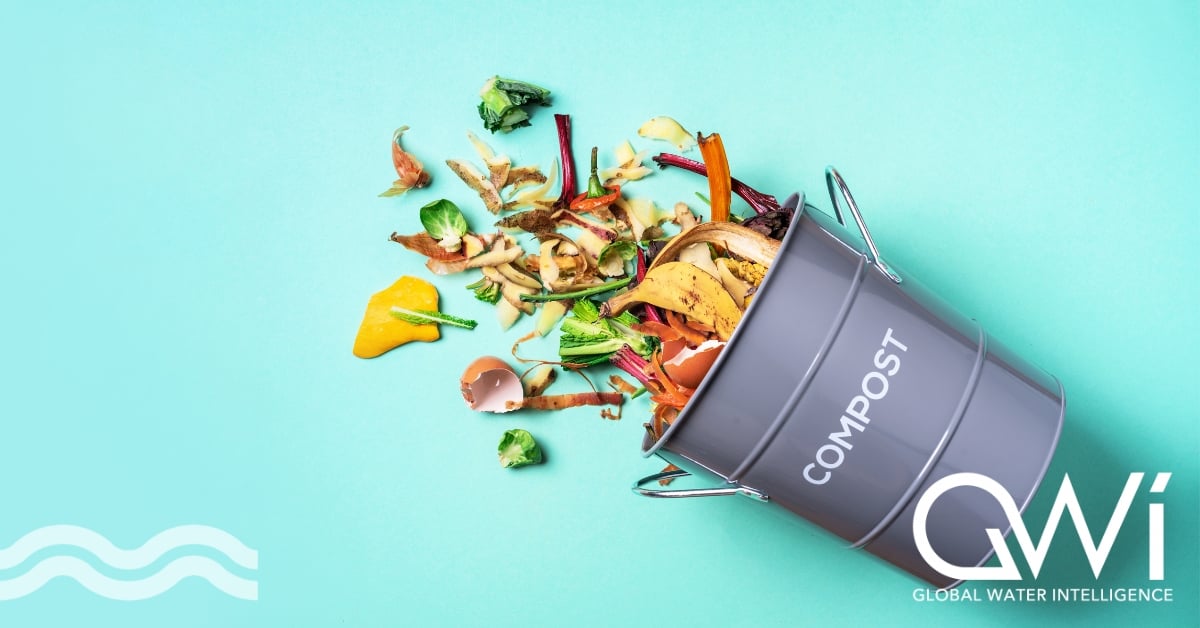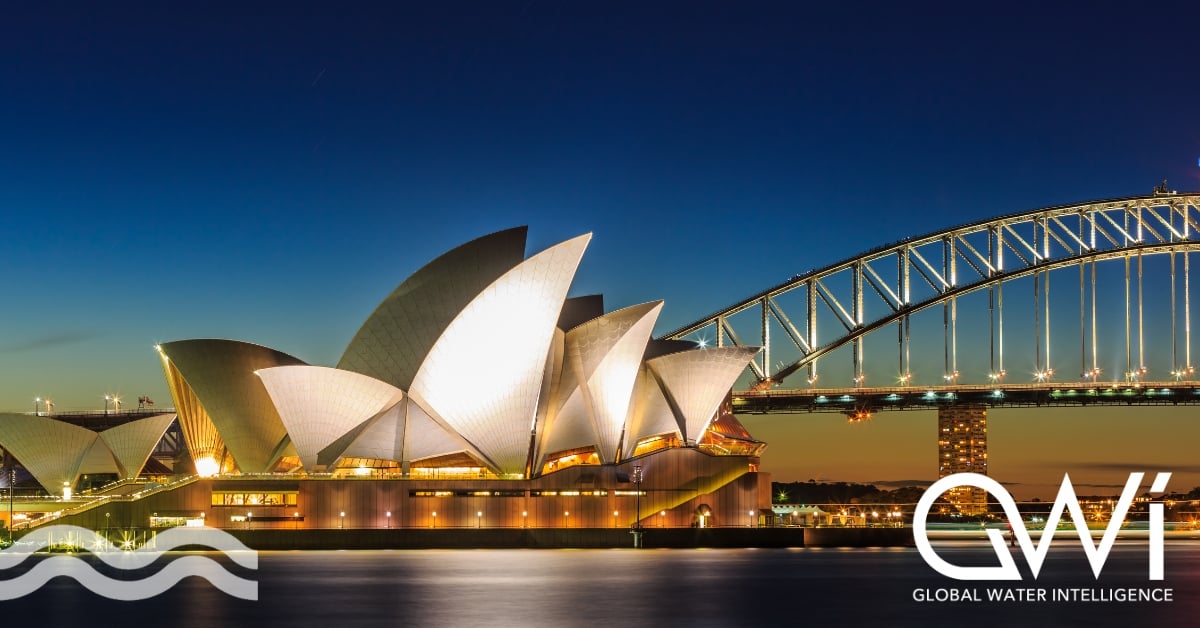Europe dominates water-tech patent filings
Innovation in water-related technologies
The report, Innovation in water-related technologies, covers patents filed between 1992 and 2001. It highlights the need for technology and innovation to meet the challenges being faced around the world.
In his opening remarks, António Campinos, president of the EPO, stated: “Technological innovation… to improve water supply where it is lacking or threatened, and to provide protection against water related hazards, is thus critical and urgent.”
The EPO, Campinos added, is ‘well positioned to shed light on the innovation landscape surrounding these topics’: “We are hopeful that our work will be useful and valuable for everyone with a stake in water, be they inventors, researchers, policymakers or the general public.”
Europe leading the innovation race
According to the report, Europe is an innovation ‘powerhouse’, with 40 per cent of all international patent families (IPFs) applicants coming from the EPOs 39 member states, boosted by new and changing regulations. The US is second for the number of IPFs filed.
While Germany, France and the UK are Europe’s leading countries in terms of water-related IPFs, Spain focuses on a high level of specialisation in those technologies.
Gaëtane Suzenet, co-founder, European Water Tech Accelerator, told Aquatech Online: “I am very pleased to see that Europe leads in many water-related technological fields. We now need to see much more active contributions to innovations from the European universities and public research organisations.”
She added: “The European Union’s R&D funding programmes provide a great leverage to reach this objective, and I hope to see a bigger trend from 2022 in the next European Patent Office’s report. From the investment perspective, start-ups with patents will have greater chances to secure funding. Protecting innovations should be much higher on the water innovation agenda than it is presently.”
Outside of Europe, the report mentions Australia, India, and Israel – all exposed to threats of water shortages and flooding – as also showing the way in leveraging technology to address the challenges their countries face.
Patents numbers small but increasing
Water-related technology represents a tiny percentage of all IPFs filed between 1992 and 2001, only 0.33 percent. The number of patents filed during that period increased fourfold – 300 to 1,200 during the study period. This increase matches the overall patent filing rate, but as the report states, it still lags behind other clean technology sectors.
Water treatment dominates IPFs in this area, with a 60 per cent share, and focus mainly on ways to treat wastewater and sludge, ‘particularly on tertiary water treatment technologies such as disinfection and the removal of micropollutants’.
The fastest growing area in terms of patents filed relates to ‘automation and control of water treatment operations’ through technologies such as AI and IoT (internet of things), with Europe once again leads the way in this area.
Who is filing water technology patents?
The top 15 IPF applicants are all private enterprises, with six headquartered in Europe; six are also headquartered in Japan. French company Veolia tops the overall list with 200 IPFs filed from 1992-2001, with US-based Xylem and Japan-based Kurita the two next prolific.
However, universities and public research organisations (PROs) are increasingly contributing to water-related technology innovations, from under 5 percent of all IPFs in the 1990s to 14 percent by 2021. European and US contributions (at 10 per cent) are currently behind China’s (26 per cent).
The full report can be read here: https://link.epo.org/web/publications/studies/en-innovation-in-water-related-technologies.pdf
We promise never to send you spam and you can unsubscribe at any time!






